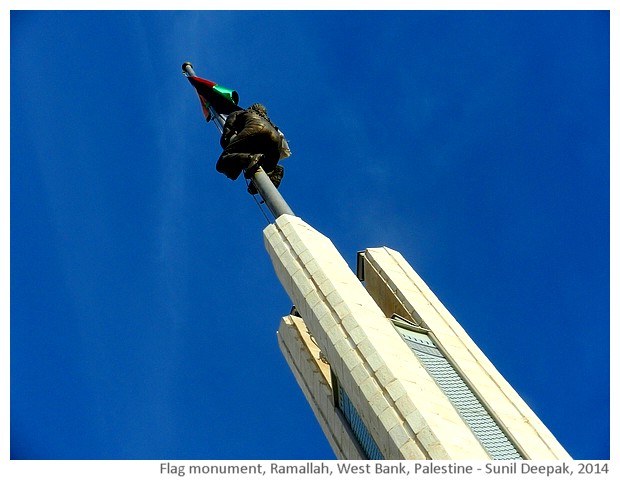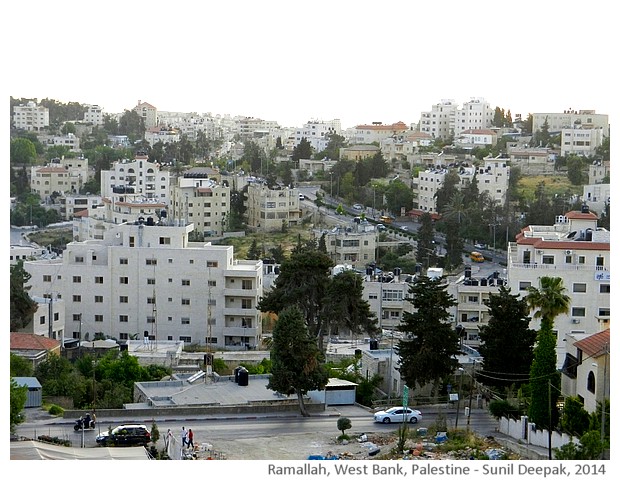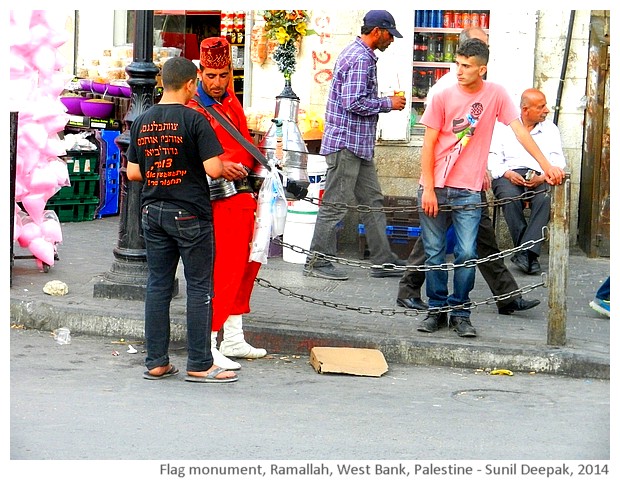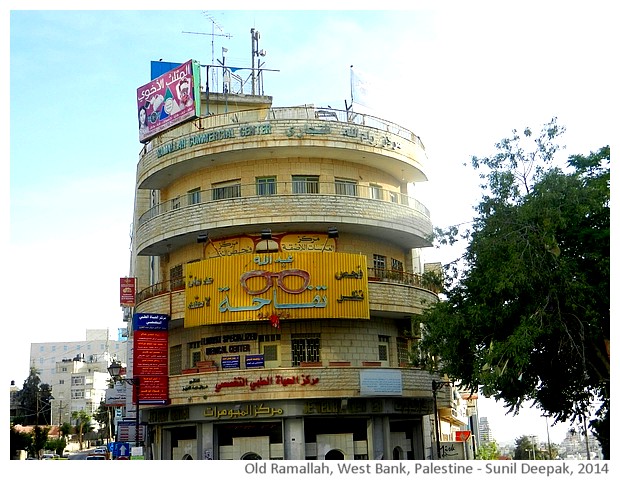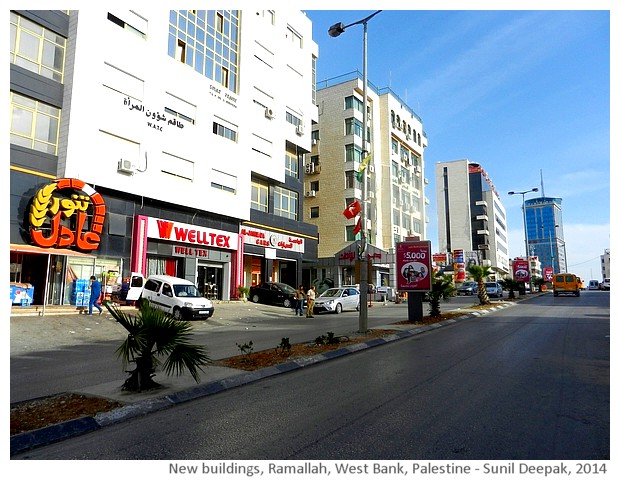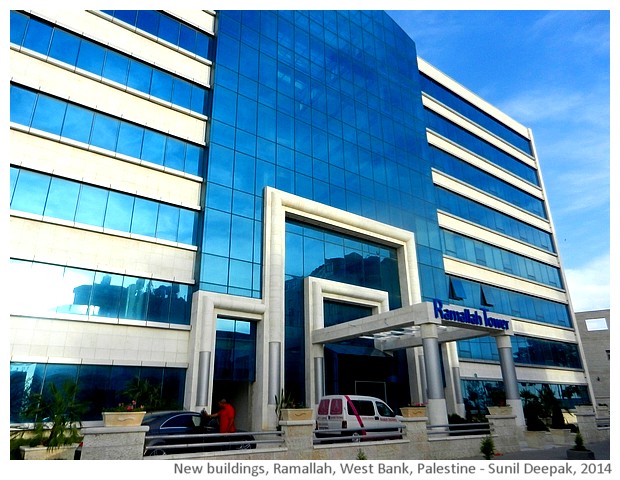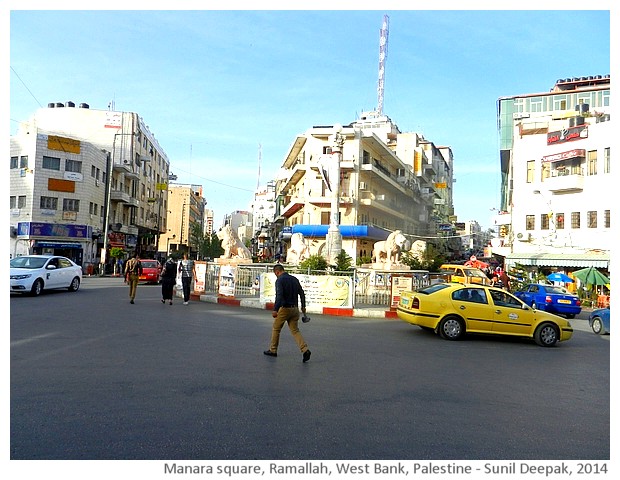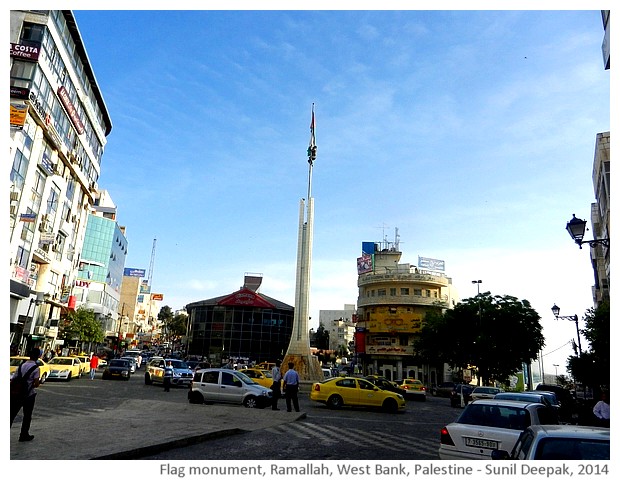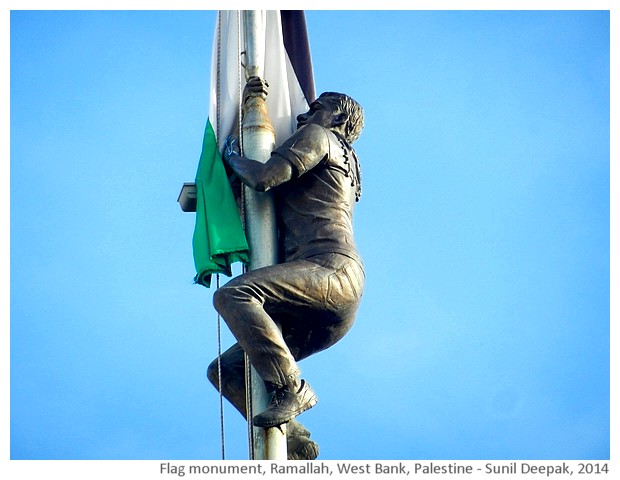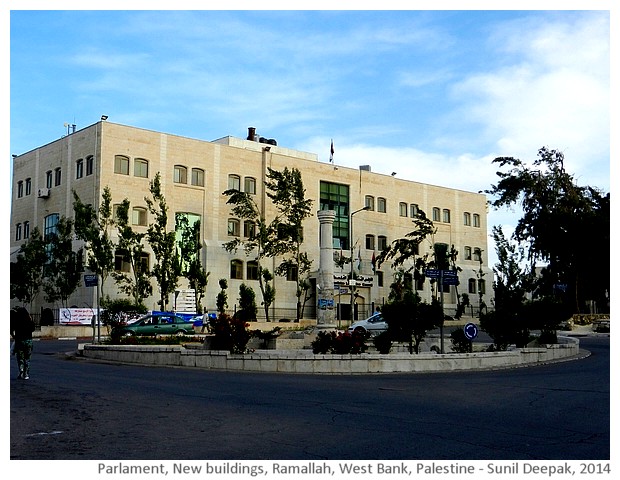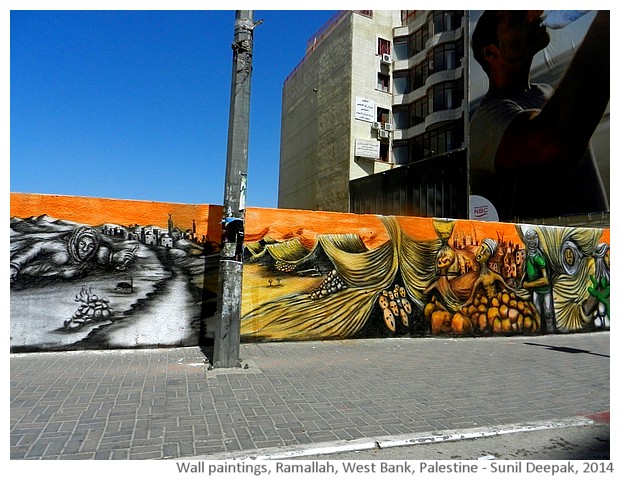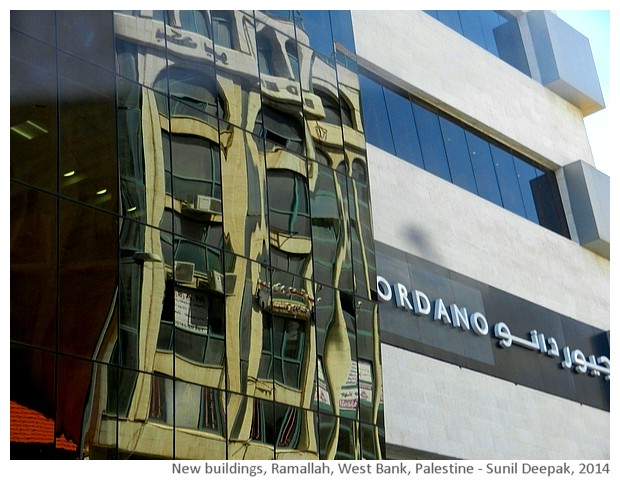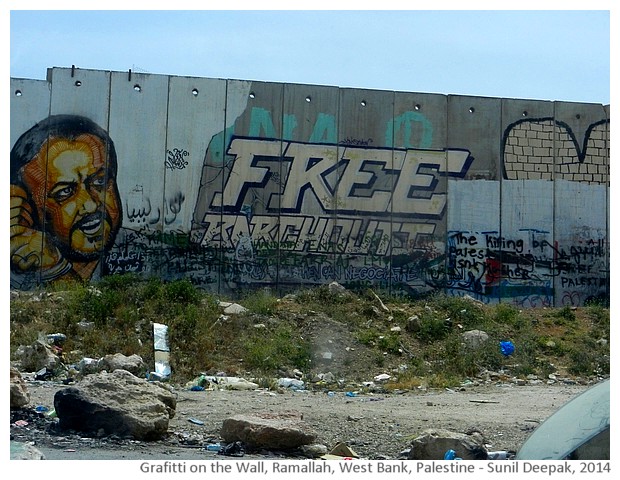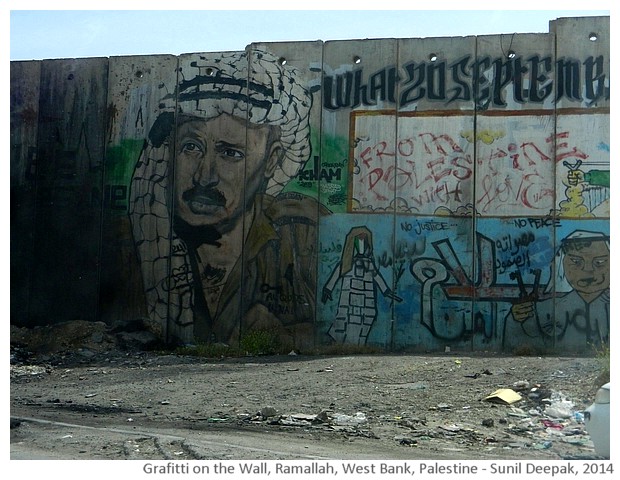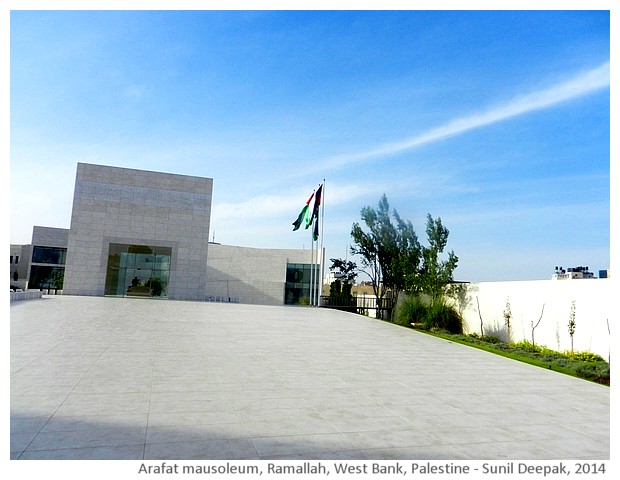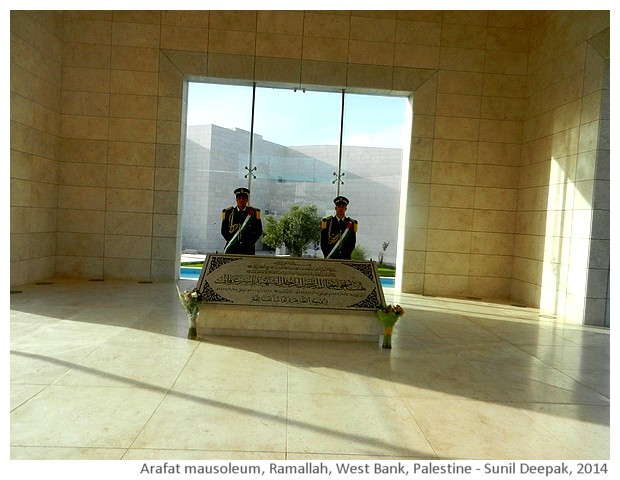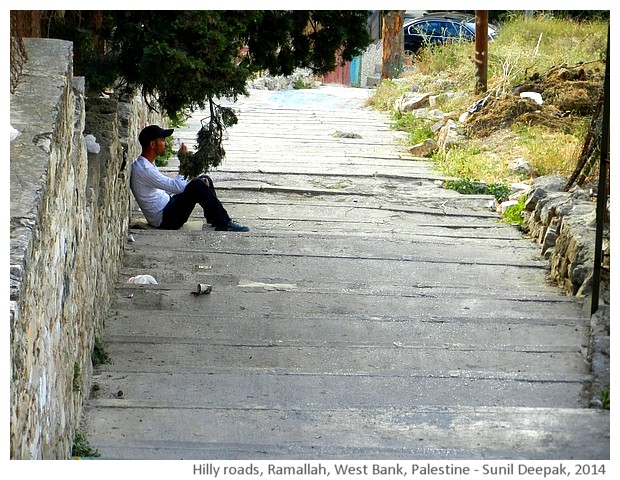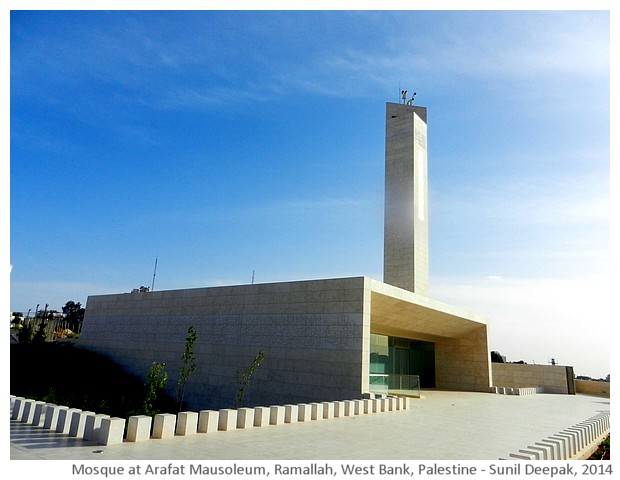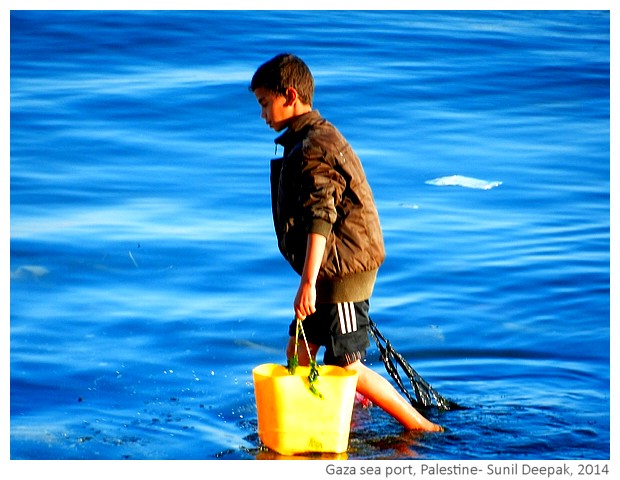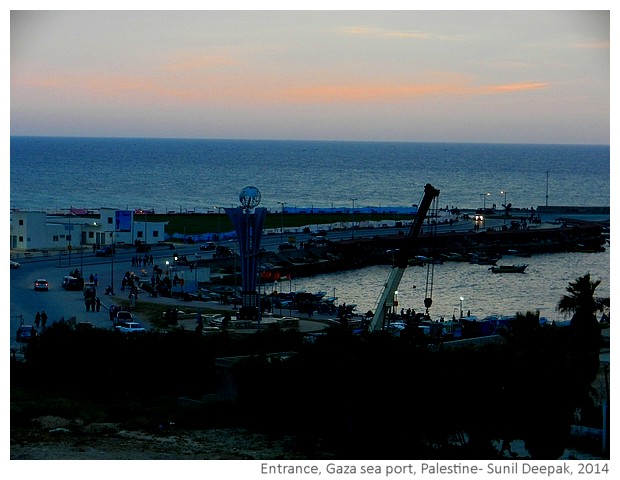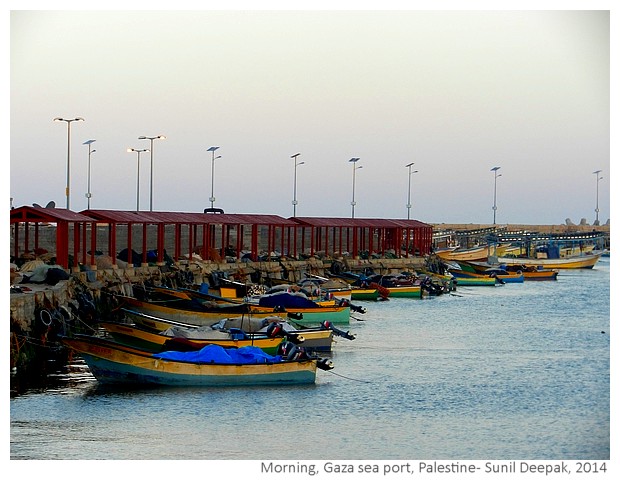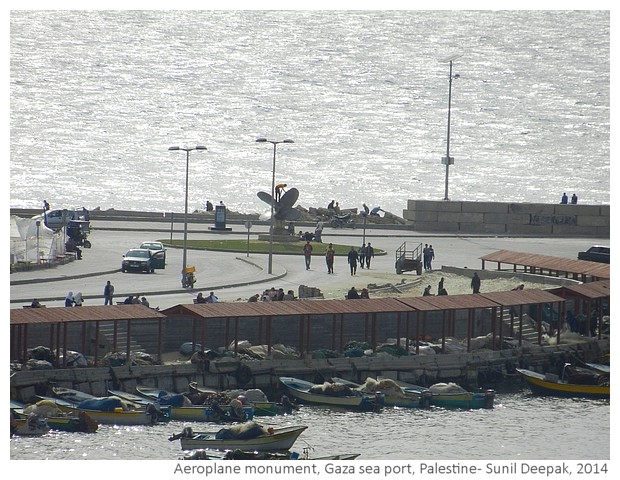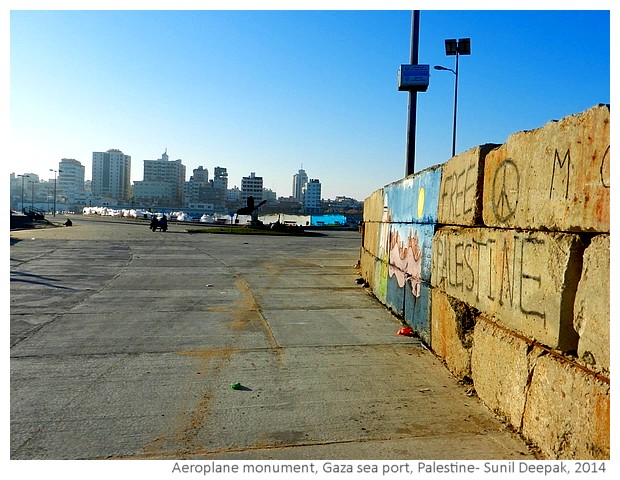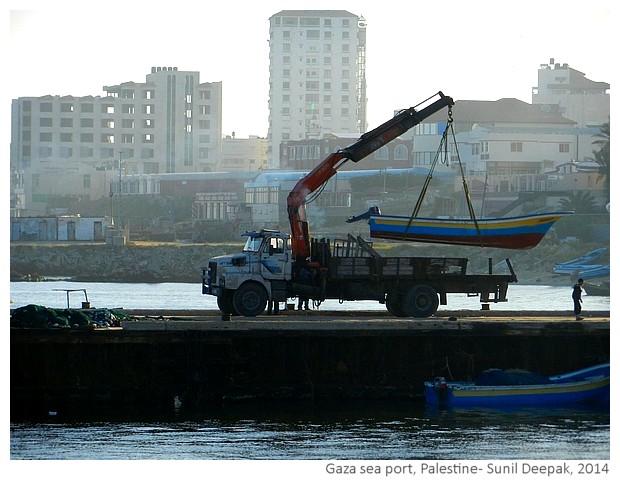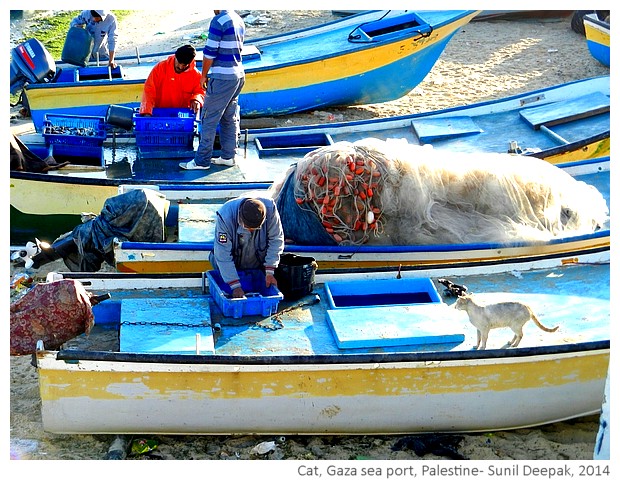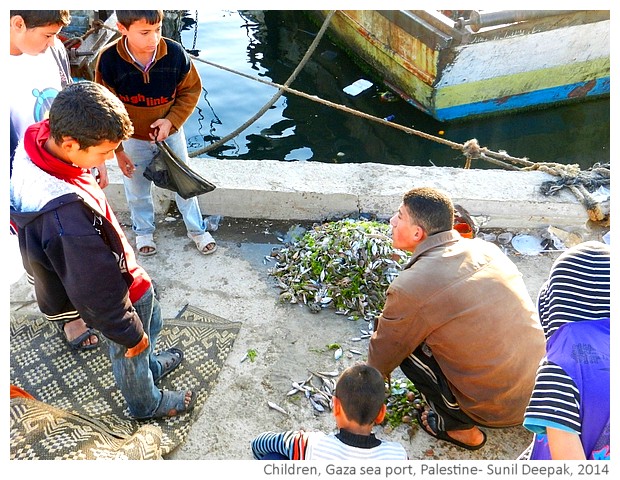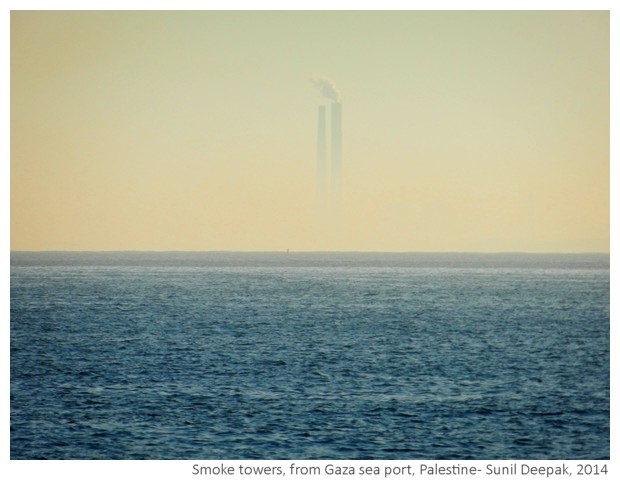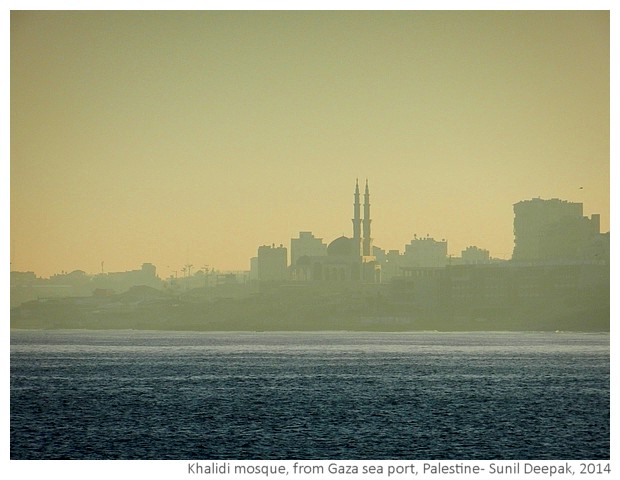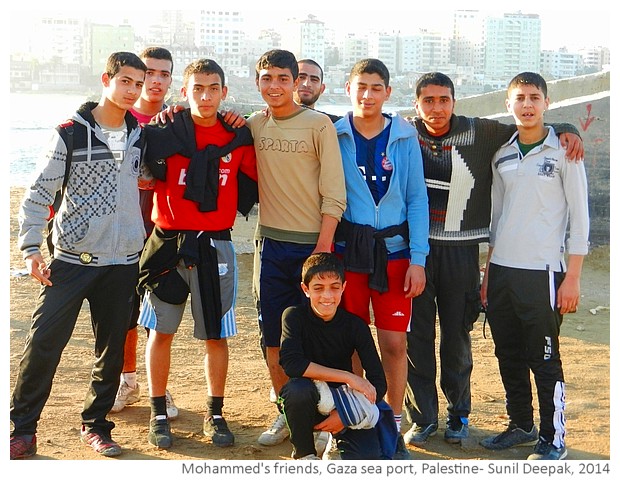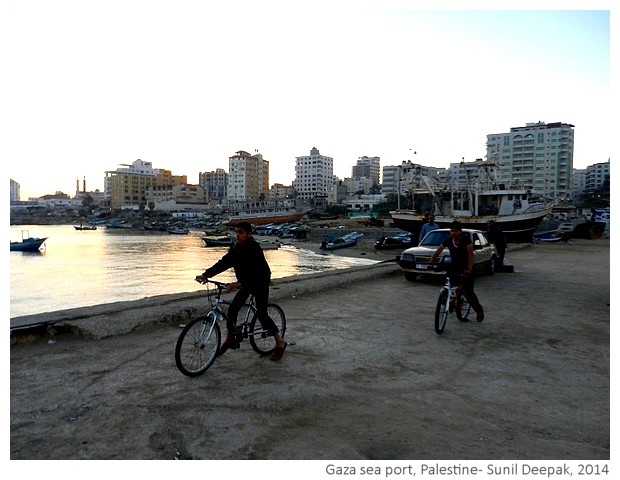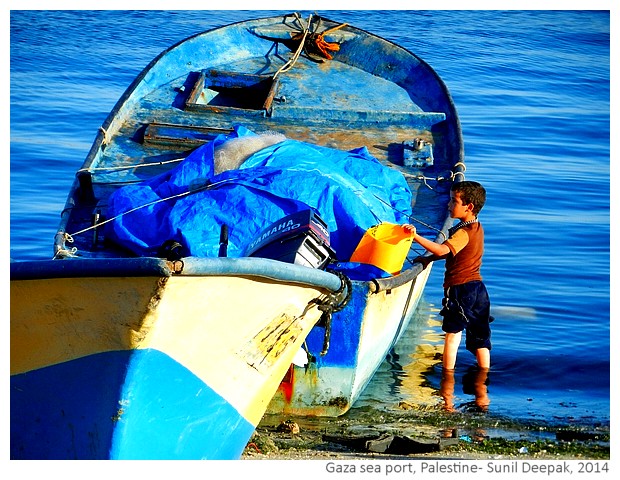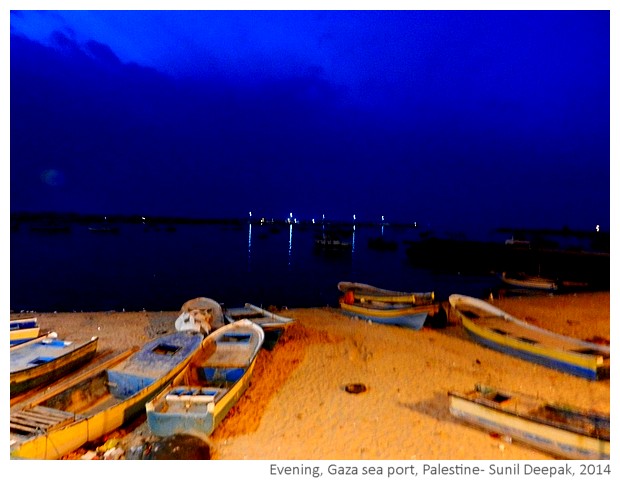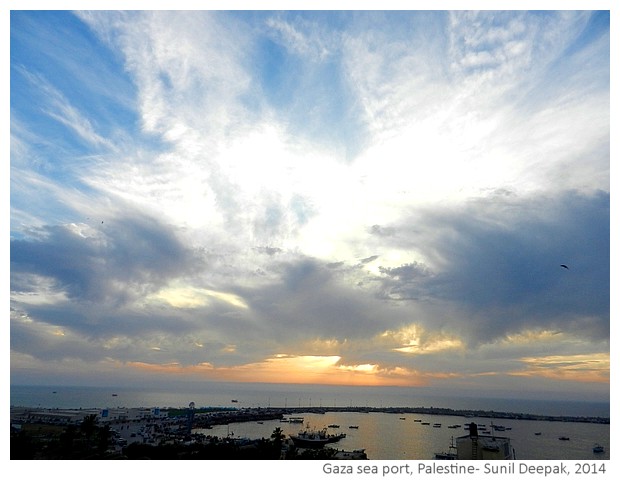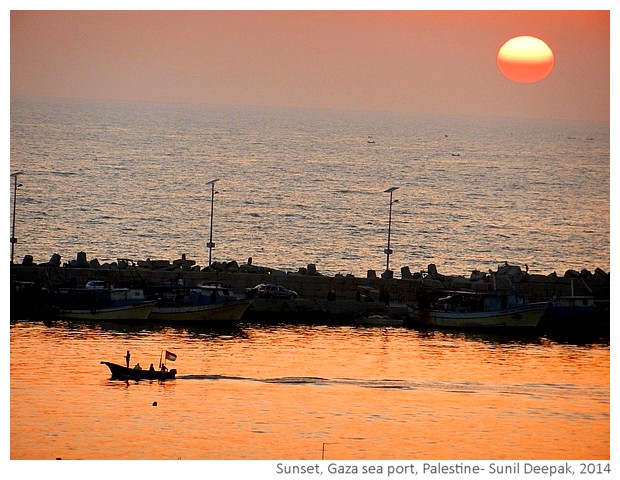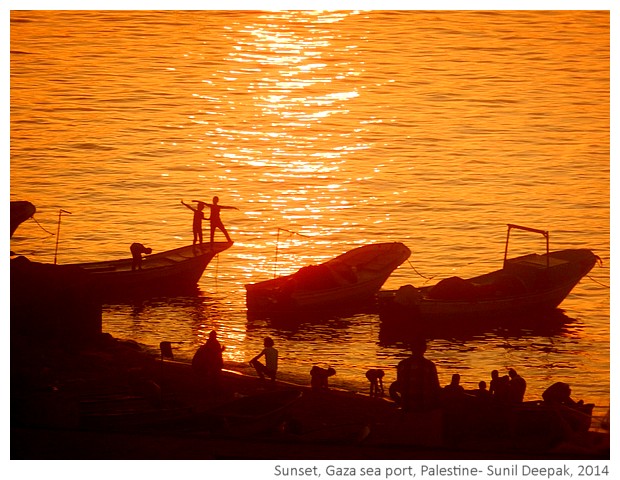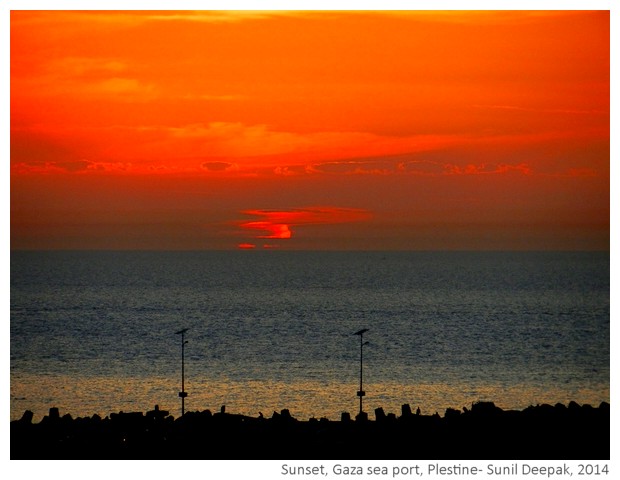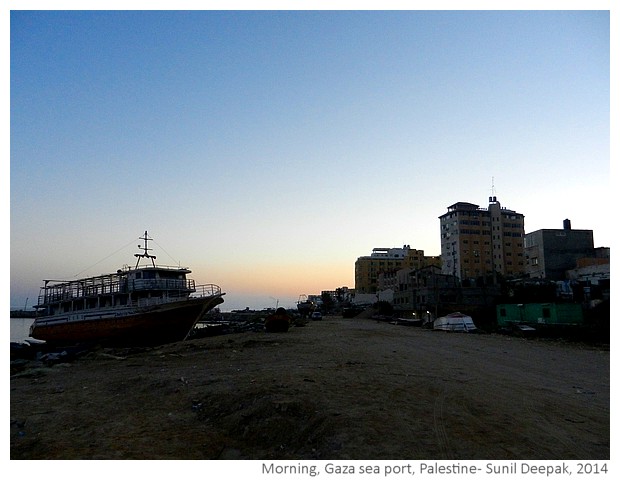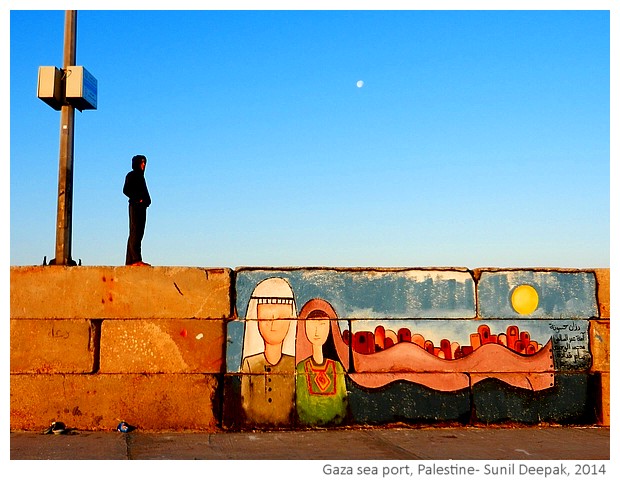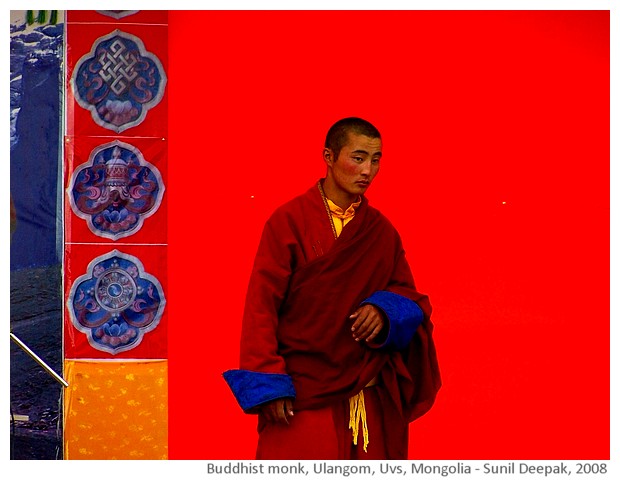
The title of this post, "Buddham sharnam gachchami" refers to a Buddhist prayer and it means, "We refuge in Buddha".
The above image of a monk is from Ulangom in Uvs province of Mongolia. I love the strong red background of this image.
In this photo-essay, I have organised the images according to countries and let me start with India, where I had my first contacts with Buddhism when I was a child.
India
My first memories of Buddhism are linked to Boddh Vihaar on the banks of Yamuna river in Delhi. My aunt used to live on Ram Kishore road next to I.P. college in the early 1960s. During holidays at her house, we sometimes walked to the river across the Grand Trunk road. In my memories, at that time it was a small road with little traffic. Across the road was a sandy expanse leading to the river.
Boddh Vihar (literally "house of Buddhists") was a small unpretentious building at that time.
During late 1970s, when I was doing internship at Safdarjung hospital, with my friends, we often took the Mudrika bus to go to the Tibetan shacks that had come up next to the Boddh Vihaar, to eat steaming bowls of noodles.
I went back to that place a couple of years ago. It has changed completely with big roads, busy traffic, new inter-state bus terminal and buildings. The river seems far away and hidden behind the buildings. The next image of Buddha is from the Boddh Vihaar, that also has a new and bigger building now.
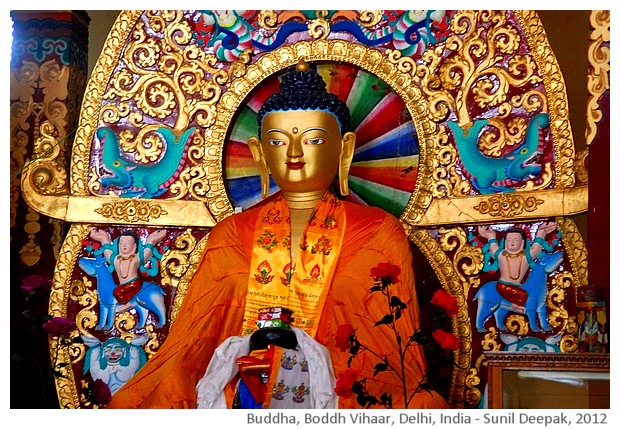
The next image is of Garuda, the giant bird from Hindu and Buddhist mythology. The spread of Hinduism and Buddhism in east Asia had taken Garuda to other countries. It is also the name of Indonesia's national airlines. It is usually depicted with blue horns and a humanoid body. The most famous Garuda in mythology is called Jatayu in Ramayana, who tries to stop Ravan, the demon king, from kidnapping of Sita.
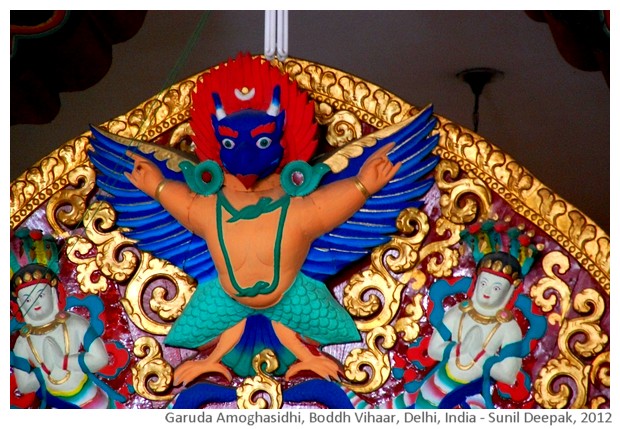
Another childhood memory linked to Buddhism is from Birla temple in Delhi. My school was next door to the temple and during lunch break, often we took our lunch to the temple. One of my favourite places there for eating lunch was under the elephant statue near the Buddha shrine.
Foreign tourists often stopped to take our pictures while we ate. Sometimes, women sat near us under the elephant to get their pictures taken. I wonder if our pictures were used as examples of "those poor malnourished Indian kids"!
Often I wandered inside the Buddhist shrine to look at Buddha's life story painted on its wall. The elephant in the dream of queen Maya and prince Siddharth's encounter with the sickness, old age and death, had deep impact on me.
Recently, I was back in Birla temple to revisit those childhood memories and was shocked by the locked gate that separated the rest of the temple from the Buddha shrine. To visit the shrine, you have to come out of the temple. The wall paintings were dark and worn while the tiny golden Buddha of the shrine was closed behind a grimy glass wall. I came back saddened by this visit and so I am not presenting any image from that shrine.
Instead the next two images of Buddha are from the Cottage Industries emporium and the new airport in Delhi.
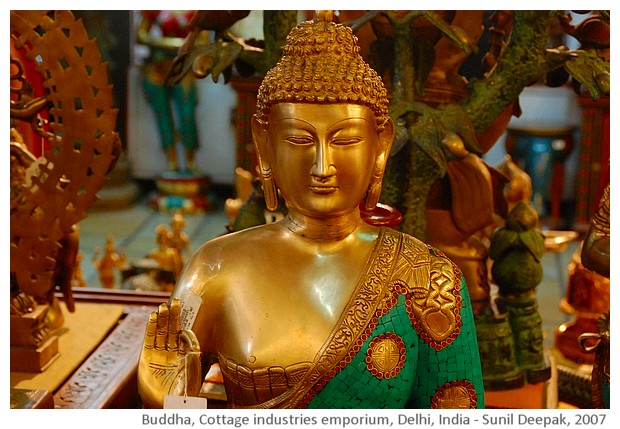
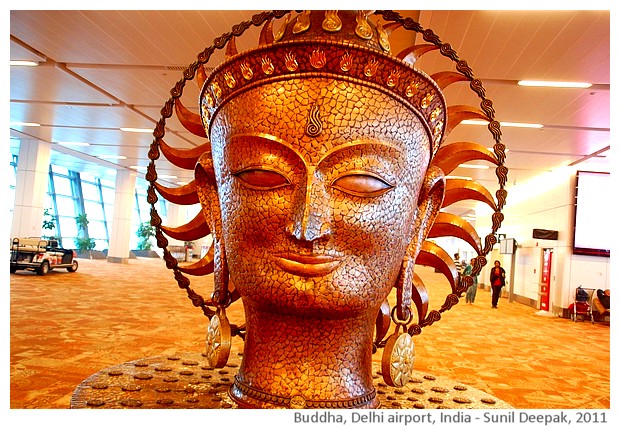
Mongolia
I had some of my more profound encounters with Buddhism in Mongolia. During one of my first visits in Mongolia in early 1990s, I remember the Gandan monastery in Ulaan Baatar as a forgotten place reduced to ruins. Mongolia had just come out of the communist rule and India had sent a Buddhist monk as its ambassador to Mongolia.
During a more recent visit, I found the place completely changed with a restored giant Buddha statue with striking blue eyes, and the courtyard full of Buddhist monks and colourful stupas. The next two images are from that visit to Gandan.
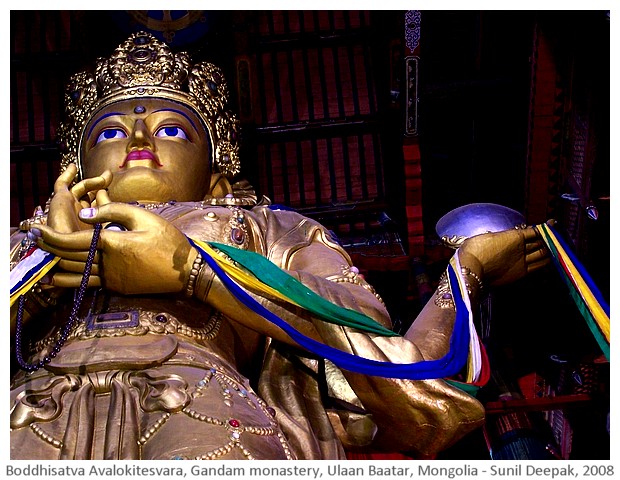
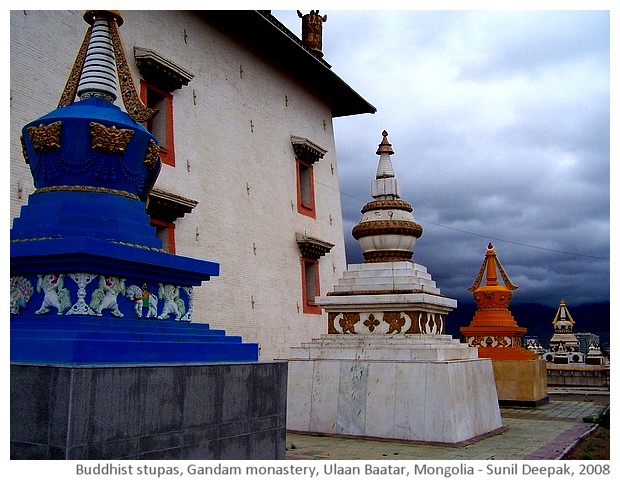
However, my most beautiful encounter with Buddhism in Mongolia was in Ulangom in the north-western aimag (province) of Uvs. A delegate of Dalai Lama had arrived and a meeting with Buddhist monks and general public was organised. The next two images are from Ulangom.
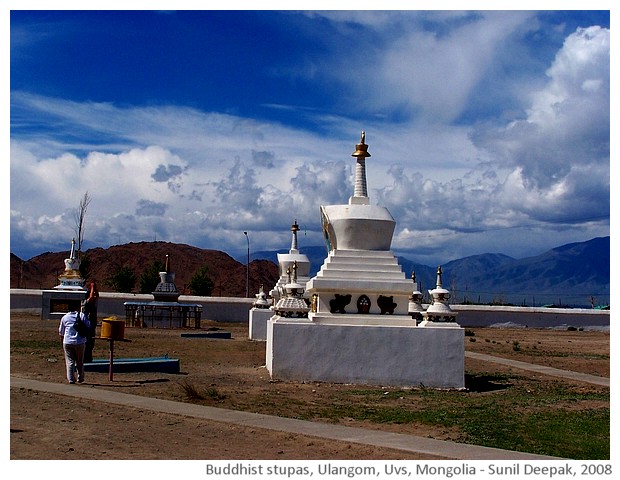
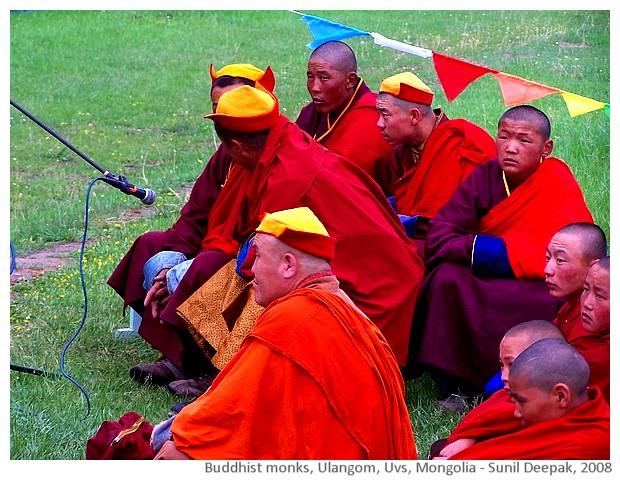
Thailand
Between 2007 to 2009 I visited Thailand a few times. These were opportunities to visit the numerous Buddhist temples and shrines in Bangkok. The next three images are from those visits.
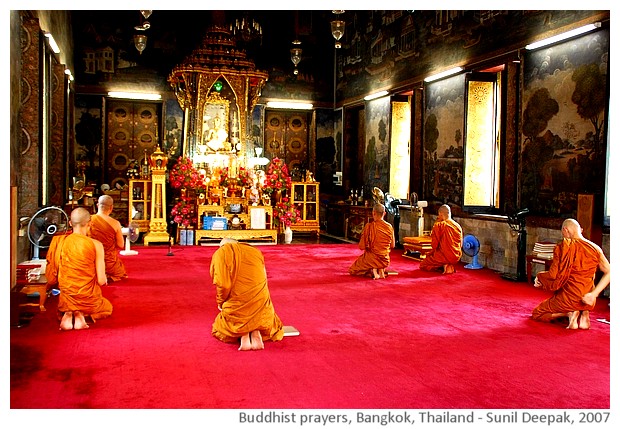
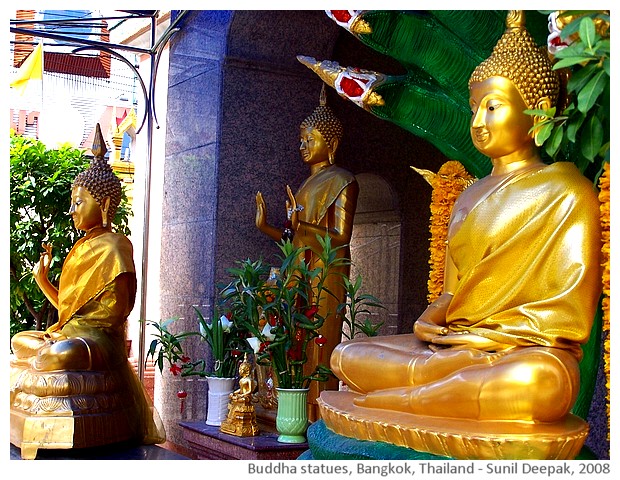
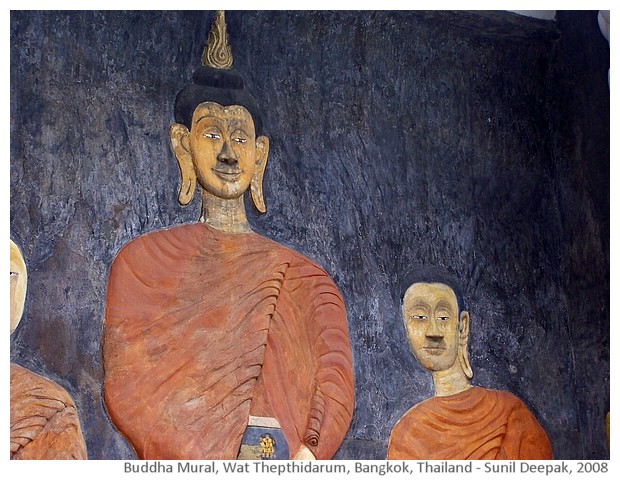
The next image is from a shop selling Buddhist and Hindu statues in Bangkok. In Thailand, icons from these two religions are sometimes found side-by-side. I love this image because it seems to be telling a tale about the increasing pollution of our cities, so that even Buddha is forced to cover himself to avoid breathing those noxious fumes.
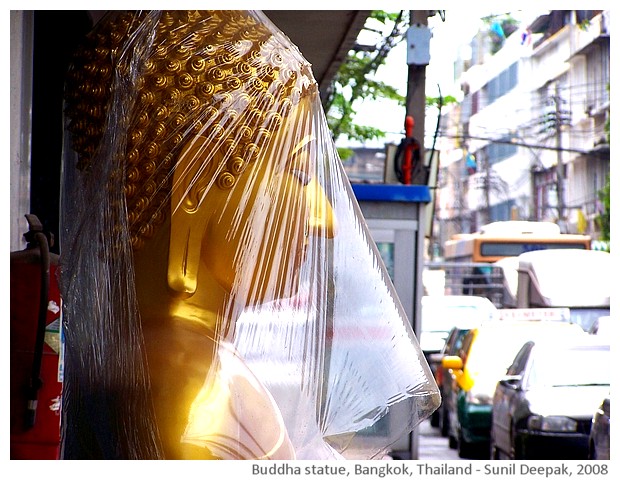
I also visited the ancient city of Ayutthaya once and loved its ancient temples with their evocative ruins. The next image is from this visit.
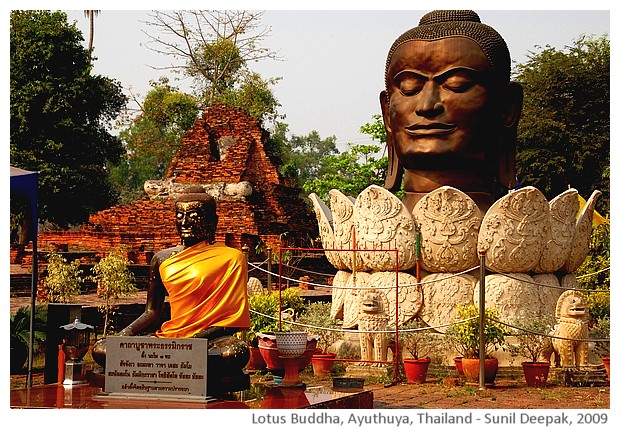
Vietnam
Like Mongolia, in the 1990s Vietnam had also come out of communist rule that had discouraged the role of religions in the society. Thus, there are not many ancient Buddhist places to visit, though some of them have been restored over the past 2 decades. Stupas in Vietnam, like the one from the ancient city of Hue in the image below, seem very different from the Mongolian stupas. Buddhism in Vietnam also has frequent references to to the phoenix, which I have not seen else where.
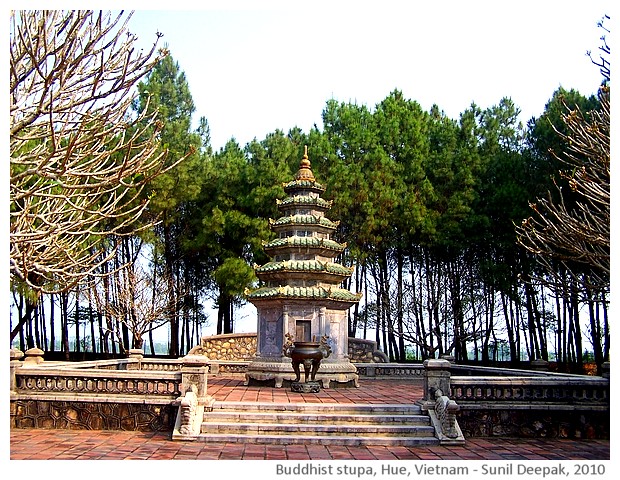
One of the ancient Buddhist temples in Vietnam, Ninh Phuc pagoda near Hanoi, has also been restored and peopled with monks. The next four images are from this pagoda.
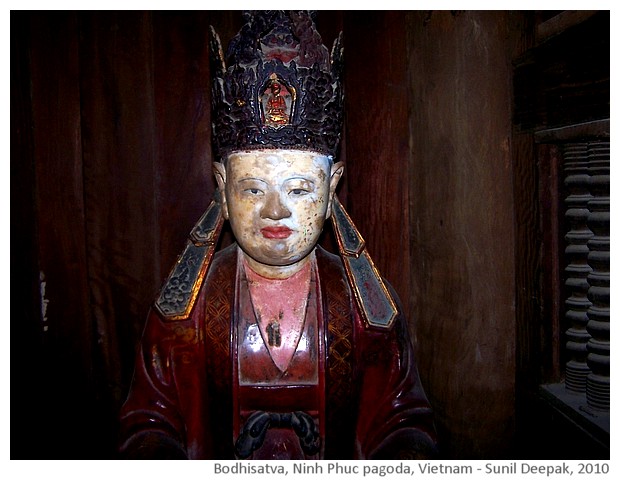
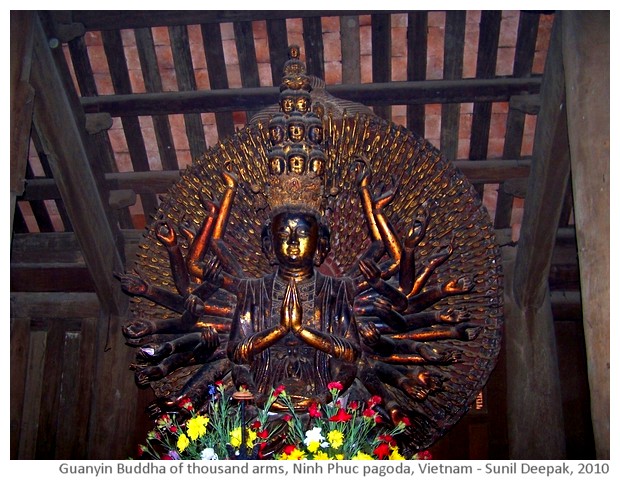
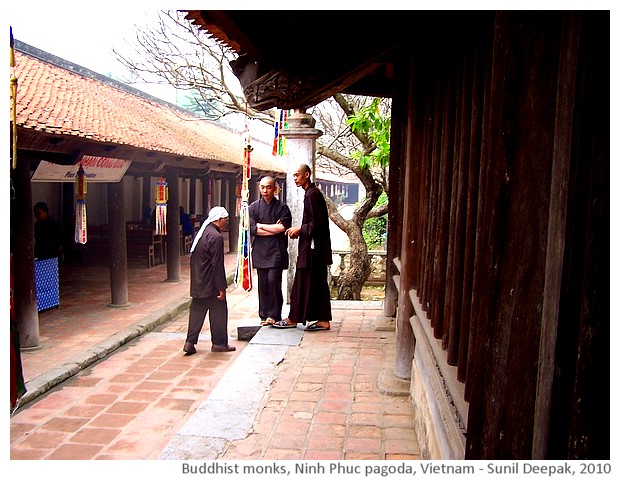
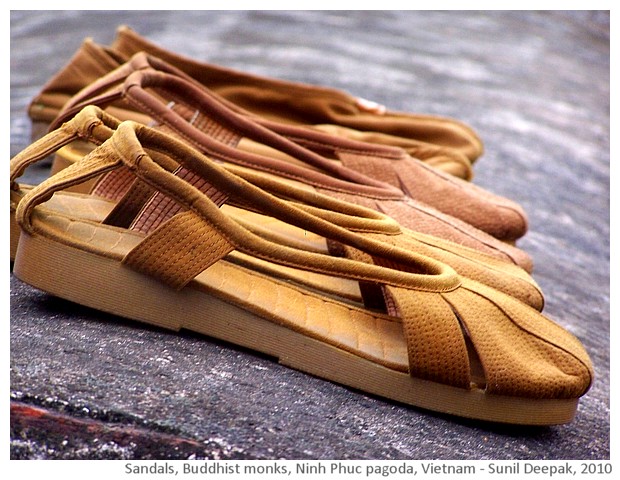
I had also visited Buddhist temples in India, Nepal and China, but these visits were before I had found my passion for photography. So they are not represented in this photo-essay.
Italy
The last and the only non-Asian country in this photo-essay is Italy, with a Thangka exhibition in Bologna, showing Boddhisattva tales.
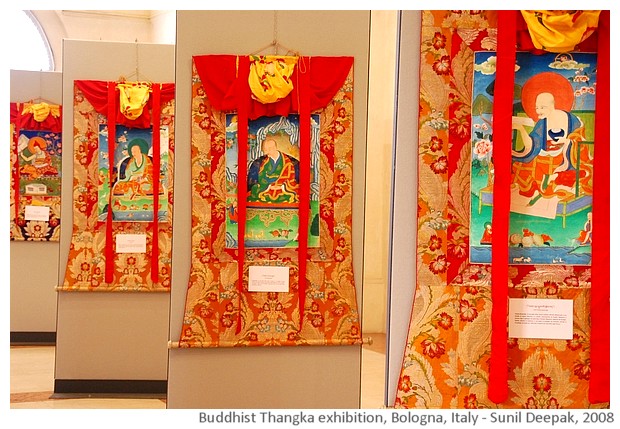
A Bull of a Man
John Power's book "A bull of a man: images of masculinity, sex and the body in Indian Buddhism", is about male gender role in Indian Buddhist writings and art.
"Gender" is about defining and building of male and female roles and norms by the society and the culture. Usually gender studies have focused on female roles and norms, and there is hardly any works on male roles and norms in Asia. Thus, Power's book is unusual in that sense. Here is a glimpse of the kind of issues the book touches on:
"In contemporary Western popular culture, the Buddha is commonly portrayed as an androgynous, asexual character, often in a seated meditation posture and wearing a beatific smile... Buddhist monks, such as the Dalai Lama, have also become images of normative Buddhism, which is assumed to valorize celibacy and is often portrayed as rejecting gender categories... In Indian Buddhist literature, however, a very different version of the Buddha and his monastic followers appears: the Buddha is described as the paragon of masculinity, the “ultimate man” (purusottama), and is referred to by a range of epithets that extol his manly qualities, his extraordinarily beautiful body, his superhuman virility and physical strength, his skill in martial arts, and the effect he has on women who see him..."Reading the book made me think about my own attitudes to spirituality and sexuality. Even if I do accept the role played by sexuality in ancient India, as demonstrated by books like Kamasutra or temples of Khujraho and Konark, I think that my feelings about spirituality are dominated by ideas of celibacy and renunciation of worldly pleasures. Thus, reading about sexuality and Buddha made me feel vaguely uneasy.
Power touches on the reasons of this unease in his book:
"Why has the supremely masculine Buddha depicted in the Pali canon and other Indic literature been eclipsed by the androgynous figure of modern imagination and the ascetic meditation master and philosopher of scholars? Part of the reason probably lies in the backgrounds of contemporary interpreters of Buddhism and the blind spots that every culture bequeaths to its inhabitants...
... most modern scholars of Buddhism were born and raised in societies in which Judeo-Christian traditions predominate, and even those who are not overtly religious have been influenced by them. The great founders of the Judeo-Christian-Islamic traditions — Abraham, Jesus, and Muhammad — are not, as far as I am aware, portrayed as paragons of masculinity, as exceptionally beautiful, as endowed with superhuman strength, or as masters of martial arts..
If one compares the way the Buddha is portrayed in Indian literature with descriptions of Abraham, Jesus, and Muhammad, a number of striking differences appear. Abraham and Muhammad were chosen as prophets by God, but their exalted status was not a recognition of their spiritual attainments over many lifetimes, as with the Buddha; rather, Abraham and Muhammad were chosen because they were chosen. God designates some as his messengers and then provides them with missions, but a buddha becomes a buddha by consciously pursuing a path leading to liberation and cultivating a multitude of good qualities over countless incarnations in a personal discovery of truth..."The question in my mind is, have we in India (and other countries) become estranged from our own traditional ways of thinking, which accepted human sexuality as part of life and of spirituality? Are we influenced by dominating Judeo-Christian-Islamic traditions of the Western academics? Is that why recently there was so much rage against the sexual imagery in Wendy Donninger's The Hindus?
The figures of Buddha, Boddhisattvas and Jataka stories touch unabashedly and lustfully on sexuality in Power's analysis. I found the book very refreshing and thought provoking.
Let me conclude this photo-essay with another of my favourite pictures. I found this statue of meditating Buddha draped in yellow silk in Ayutthaya (Thailand) absolutely amazing for its colours and feelings of serenity.
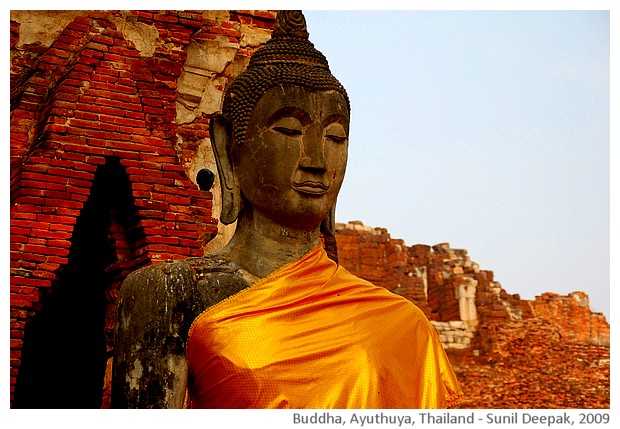
Usually my photo-essays are about images. This one is a little unusual because the written part is as important as the images. I hope that it will make you think!
***

